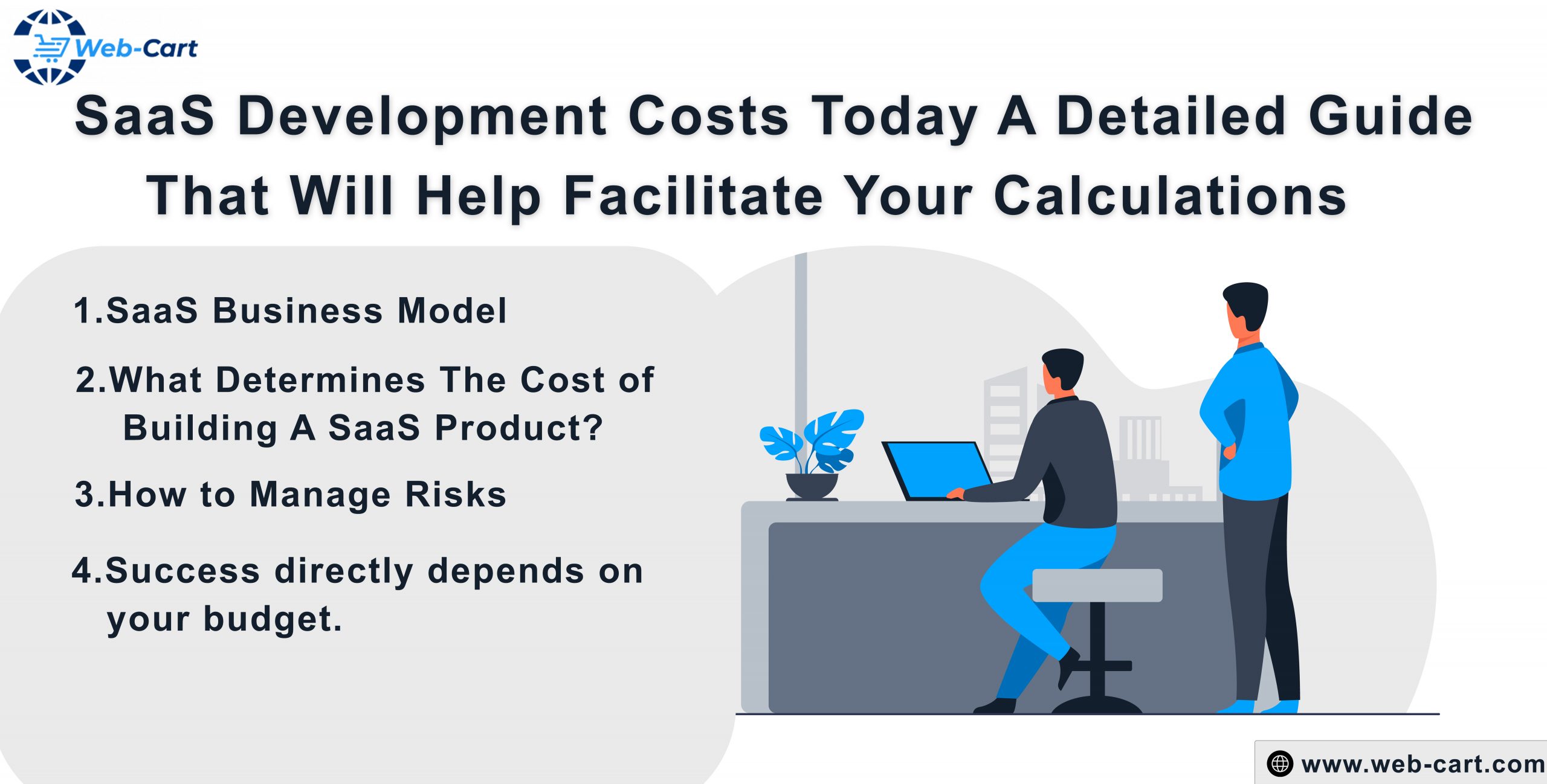
SaaS Development Costs Today: a Detailed Guide that Will Help Facilitate your Calculations
If you’re looking to start a SaaS business, then it is vital to understand the development costs of your company. Unfortunately, there are many myths surrounding this topic. This article will help you know what the actual cost of building a SaaS product is.
SaaS Business Model
SaaS is a type of software-as-a-service (SaaS) delivery model. In it, users subscribe to the product or service via an online subscription and use it on demand at no additional cost. SaaS is known as “software as a service” (SAAS). The most common example of this would be Dropbox or Google Docs. You can access these applications by logging into their respective websites and clicking “Sign in with your Google account.” This will allow you to log into your account with the credentials provided when signing up for either app.
Suppose you want more flexibility than that, though. In that case, there are several other options available such as Microsoft Office 365, where once again one logs into their portal where all relevant information about themselves is kept securely stored until needed again—and then accessed through various means like smartphones/tablets, etcetera when appropriate!
What Determines The Cost of Building A SaaS Product?
The cost of SaaS development depends on your needs and budget as well as the stage of development you’re at – whether it’s in prototype mode or full production mode.
● Prototype –
You’re developing ideas for your platform or marketplace but haven’t yet decided how to implement them. You’ll need basic functionality like user registration, billing functionality, and some basic reporting functionality so that customers can see their usage statistics across all channels (email inboxes).
● Pre-production –
This level refers to when most companies are thinking about building out their platform(s) but haven’t yet started coding anything significant because they still have questions about what features would be most valuable for users/customers before investing too much time into developing new features based on feedback received during testing phases (which often takes place after launch).
How to Manage Risks
To avoid being blindsided by unexpected SaaS development costs, it’s essential to have a contingency plan in place. This means creating a list of all the possible risks and how you will mitigate them.
For example, suppose your SaaS project is based on an unproven technology that hasn’t been thoroughly tested. In that case, it’s best not to invest too much time and money into building the product until you can be confident that the technology will work as planned.
The second way of mitigating risk is through understanding your business model: what are its strengths and weaknesses? How does this affect pricing options? Are there any other factors such as sales volume or customer acquisition cost (CAC) involved which could influence decisions about pricing models or distribution channels?
Finally, an important point worth mentioning here – keep things simple! Don’t get carried away by questions like “how much does it cost to build a SaaS platform?” And also, don’t get caught up in thinking about how many users might find value in using your product once launched; instead, focus on understanding why they would want so much as part of their workflow when using software services like yours.”
The Success of a SaaS business directly depends on your budget.
One of the best ways to determine the budget for the cost of your SaaS software development will be by taking a look at the market and competitors. This can help you see how much money you need to spend on your product, as well as how much it will cost when compared with other similar products in the same market.
However, some things are essential when determining your budget:
How much competition is there in this space? If there’s little competition or none at all, then this could mean that more people will want to buy what you’re offering than if there were more options available on the market. In this case, having more customers means charging higher prices for their products/services because they’ll need fewer salespeople doing outreach work every day (and thus saving money).
Final Thoughts
We hope this blog post has given you a better understanding of what it takes to develop SaaS products. We’ve also explained the various factors contributing to the cost of building a SaaS product and how you can lower those costs by finding more efficient ways to work with your team and freelancers on projects. With this knowledge, hopefully,y you will be able to choose a development strategy that fits your budget while still delivering high-quality results!